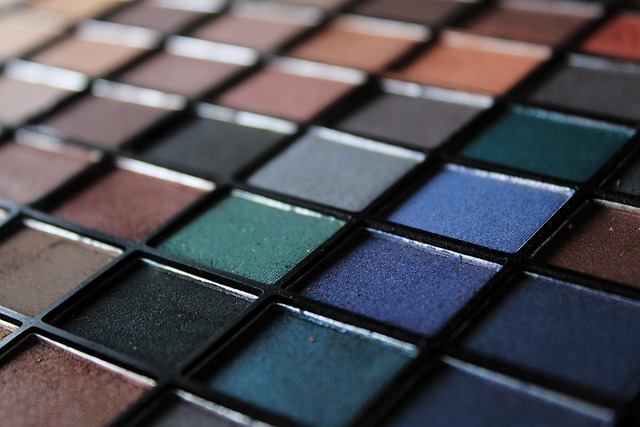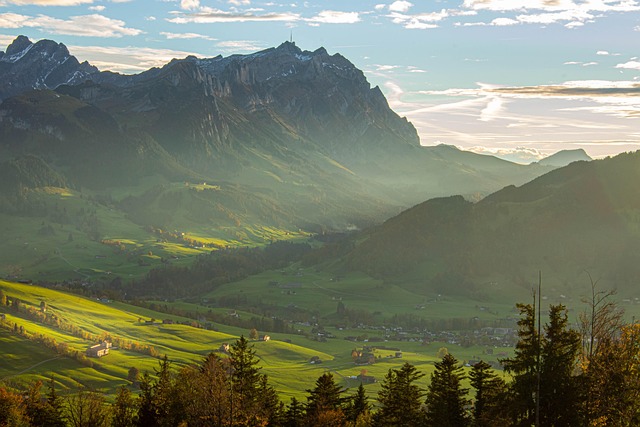The vibrant spectrum of colors is woven into the fabric of religious celebrations around the globe. From the deep indigo robes worn by monastic communities to the bright vermilion banners that sweep the streets during festivals, hues serve as more than mere decoration—they become symbols of faith, memory, and communal identity. As each culture turns to light and shade to express devotion, the palette of colors reflects theological narratives, rituals, and the human longing to connect with the transcendent. Exploring these associations reveals how simple pigments can carry profound meaning, guiding believers toward deeper spiritual awareness.
Christianity and the Symbolic Palette
Within Christianity, colors are integral to liturgical tradition and ecclesiastical iconography. The color green, for instance, is associated with the season of Ordinary Time, a reminder of the everyday journey toward salvation. White, on the other hand, embodies purity and is reserved for celebrations of Easter, Christmas, and significant feasts such as the Feast of the Ascension. Purple, meanwhile, signals penitence and is employed during Advent and Lent, a period of reflection and preparation. These chromatic choices are rooted in ancient texts and have evolved over centuries to reinforce the theological themes of hope, sacrifice, and redemption.
- White: sanctity and resurrection.
- Red: the blood of Christ and martyrdom.
- Gold: divine glory and heavenly abundance.
Red: A Color of Sacrifice
Red occupies a prominent place in Christian liturgy, especially during Holy Week and Pentecost. This hue captures the visceral imagery of sacrifice and the transformative power of the Holy Spirit. In many churches, red banners and altar cloths are draped over the altar, signaling the living presence of the divine. This chromatic choice not only highlights the physical cost of the crucifixion but also echoes the emotional and spiritual redemptive journey that believers undergo. It reminds worshippers that faith is not passive but requires the willingness to endure hardship for a greater purpose.
“The color red is a reminder that the blood of the faithful was not in vain, that the sacrifice was purposeful and that hope springs anew from the ashes of pain.”
Islamic Celebrations and the Significance of White
Islamic holidays such as Eid al-Fitr and Eid al-Adha celebrate the culmination of Ramadan and the act of sacrifice, respectively. While the faith emphasizes modesty over ornamentation, the color white—symbolic of purity, unity, and humility—plays a subtle yet profound role. New garments are often chosen in white for these festivals, reinforcing the idea that all believers are equal before God, regardless of social status. In addition, the use of white in communal prayers and architectural elements underlines the belief in a shared, harmonious spirituality that transcends earthly distinctions.
- White garments worn during communal prayers.
- White tents erected in mosques for large congregations.
- White walls of historic mosques symbolizing spiritual clarity.
Hindu Festivities: A Kaleidoscope of Color
Hindu religious observances are perhaps the most visually striking when it comes to colors. The festival of Holi, known worldwide as the “Festival of Colors,” exemplifies this phenomenon. Participants throw powders of every hue, celebrating the victory of good over evil, love over hate, and life over death. Each color carries a distinct meaning: red for marital bliss, yellow for learning, green for growth, and blue for divine devotion. Such deliberate use of pigments reinforces mythic narratives and invites devotees to experience a multi-sensory, communal spiritual awakening.
- Red powders honor the sanctity of marriage and the life force of the universe.
- Yellow symbolizes knowledge and the illumination of the mind.
- Blue reflects the infinite nature of the divine and the tranquility it brings.
Yellow: The Radiant Wisdom
Yellow emerges as a particularly potent color in Hinduism, associated with the intellect, the Sun, and the goddess Saraswati, who embodies learning and music. In temples, yellow pigments adorn murals, and during certain festivals, devotees wear yellow clothing to express reverence for knowledge. This color is thought to stimulate mental clarity and spiritual insight, encouraging individuals to align their thoughts with divine will. The ritualistic use of yellow therefore bridges the earthly realm with the metaphysical, creating a conduit for enlightened understanding.
“In the brilliance of yellow, seekers find the lamp of knowledge that guides them through the darkness of ignorance.”
Buddhist Ceremonies and the Symbolism of Pink
Buddhism, while often considered less focused on vivid color symbolism, utilizes hues like pink and saffron with deep doctrinal significance. The color pink, especially in East Asian Buddhist traditions, represents compassion, kindness, and the nurturing nature of the Buddha. Monks might use pink robes during certain rites to signal the cultivation of loving-kindness. Similarly, saffron is the color of renunciation, reminding followers of the path toward liberation through selflessness and detachment. The interplay of these colors offers a visual narrative of the Buddhist journey from desire to enlightenment.
- Pink: compassion and benevolence.
- Saffron: detachment and spiritual pursuit.
Judaism: The Colors of Covenant and Celebration
In Jewish religious life, color plays a crucial role during holidays and rituals. During the High Holy Days, especially Rosh Hashanah and Yom Kippur, people wear white garments to symbolize purity and repentance. In contrast, the festival of Sukkot incorporates orange and green hues in the sukkah structures, symbolizing the produce of the harvest and the natural world’s abundance. Moreover, the ceremonial kippah, often adorned in red or blue, reflects the community’s identity and reverence for tradition. Through such color choices, Jewish worshippers embed theological concepts within everyday experience.
- White robes for spiritual cleansing.
- Orange and green in Sukkah for life and gratitude.
- Blue kippahs to signify the divine presence.
Color as a Universal Bridge in Global Festivals
Across the world, color unifies diverse religious practices, weaving together faith, culture, and community. In African Catholic communities, vibrant dyes illustrate the fusion of local artistry with Christian theology. Native American powwows celebrate spirituality through bright feathered regalia and elaborate beadwork. The Chinese Buddhist festival of Lantern Night illuminates the sky with multicolored lanterns, each glow echoing hopes and prayers for the future. These practices demonstrate that colors are not merely decorative but act as tangible conduits for shared experience and collective devotion.
“When communities gather to paint, sing, and dance under a shared palette, they forge bonds that transcend borders, uniting hearts in a shared color of faith.”
Red as a Marker of Sacrifice in Indigenous Cultures
In many Indigenous traditions, red appears prominently during rituals that honor the earth, ancestors, and the living spirit. This color is often derived from natural dyes—such as beetroot or mineral pigments—used to signify the blood of those who have passed, as well as the vitality of the living. Red in these contexts underscores the continuity of life and the importance of honoring both the seen and unseen realms. Through this use, indigenous peoples communicate a deep respect for the cycle of nature and humanity’s place within it.
“Red is the heartbeat of our ceremonies, reminding us that every living thing pulses with shared purpose and destiny.”
Conclusion: The Everlasting Dialogue Between Color and Belief
The rich tapestry of colors found within religious holidays speaks to humanity’s enduring quest to make sense of the divine through sensory experience. Whether through the solemn gray of Ash Wednesday, the jubilant bursts of Holi, or the serene whites of Ramadan, each hue carries a story, a lesson, and an invitation to participate in a collective spiritual dialogue. By observing how colors are woven into ritual, architecture, and attire, we gain insight into how faith traditions communicate hope, repentance, celebration, and unity. Ultimately, the colors that adorn religious holidays do more than paint the world—they illuminate the pathways that connect individuals to a larger, transcendent reality.




